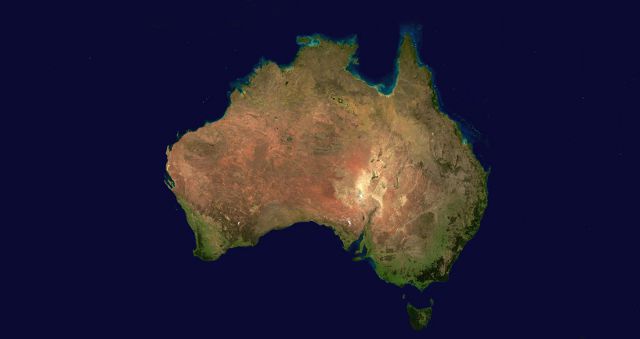The storage of nuclear waste is a long term problem, on the scale of tens of thousands of years. Regular warning signs are no use on a timescale this long: paper rots, metal rusts and paint peels. Changes in language and technology make leaving a lasting warning to future societies complicated.
The Waste Isolation Pilot Plant (WIPP) is a US nuclear waste disposal site in New Mexico. During its operational life it will dispose of thousands of tons of nuclear waste and must therefore “steward” this waste for the following 10000 years.
During its design phase the creators of WIPP embarked on a plan to create “Passive Institutional Controls” (PICs), warning signs that would last and make sense for at least ten thousand years. The WIPP operators convened a panel to decide on PICs, that included material scientists, linguists, archaeologists, geomorphologists, anthropologists as well as members of other academic disciplines.
Amongst the ideas that were considered:
- The use of standard symbols should be avoided, considering how quickly their meanings change. The panel gave the example of the swastika, a Hindu symbol first used in 4000 BCE, that gained an entirely different meaning after being appropriated by the Nazi Party (and its predecessor, the German Workers Party) nearly six thousand years later. Instead, symbols based on concepts that are universal to all humans, such as facial expressions, should be used.

- Berms of earth should be created around the site. These berms should be at least ten metres tall to resist erosion, and contain materials designed to give them “different dielectric, radar reflective, and magnetic properties” to aid better detection by aircraft and satellites.
- Everything on site should be constructed from heavy and irregularly shaped pieces, making their removal and reuse both difficult and not worthwhile. The materials used should be very cheap as to discourage people from removing them from the site for resale or recycling.
- An ‘information room’, lit by sunlight and containing information about the site and the materials stored there, in the seven official languages of the United Nations and the local Navajo language, should be constructed on the surface at the site. It should also contain a map of other known nuclear waste disposal sites so as to create a relationship between these places. The walls of the information room should be constructed from a series of stacked plates so that as the top layer erodes, a new layer containing identical information is revealed.
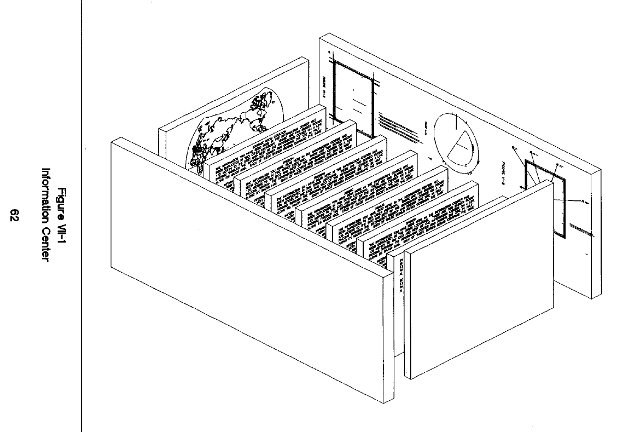
- All of the marker stones should contain blank space designed to be used by far-future generations to write in their own language.
- The site should be surrounded by imposing granite monoliths, 7½ metres high and make use of “menacing earthworks” or a “field of thorns” and use irregular shapes and/or patterns to put visitors at unease and give them a threatening and unsafe impression. “Perfect” shapes such as circles, arches and regular polygons should be avoided.
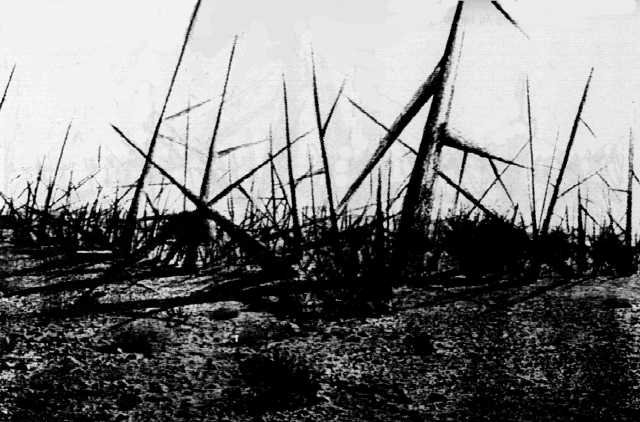
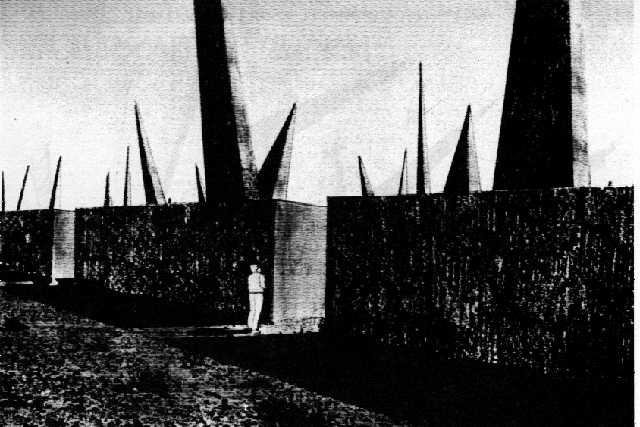
- ‘Musical instruments’ powered by the wind could be built, which would ‘play’ dissonant sounds, again with the intent of unnerving and unsettling visitors.
- Star charts should be used to show how the stars will be positioned when the site is safe to investigate; these dates should be included not only in the western Gregorian calendar but also in the Chinese, Jewish and Islamic calendars.
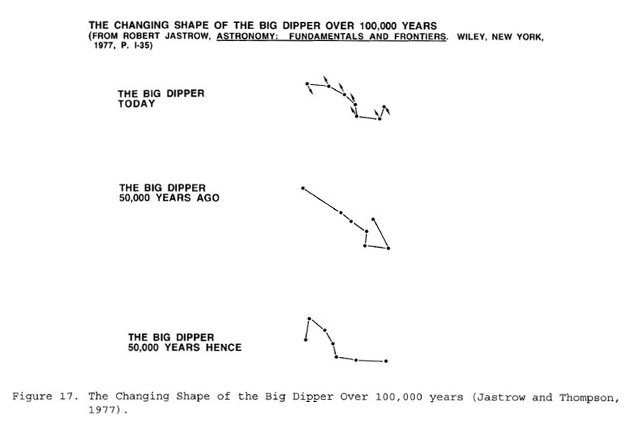
Not all of the recommendations were approved for inclusion in the final suggestion. The berms were still part of the plan but the “scary landscape” idea was nixed, with the exception of using imposing monoliths to mark the site; and an “Information Center” that is open to the sky was included.
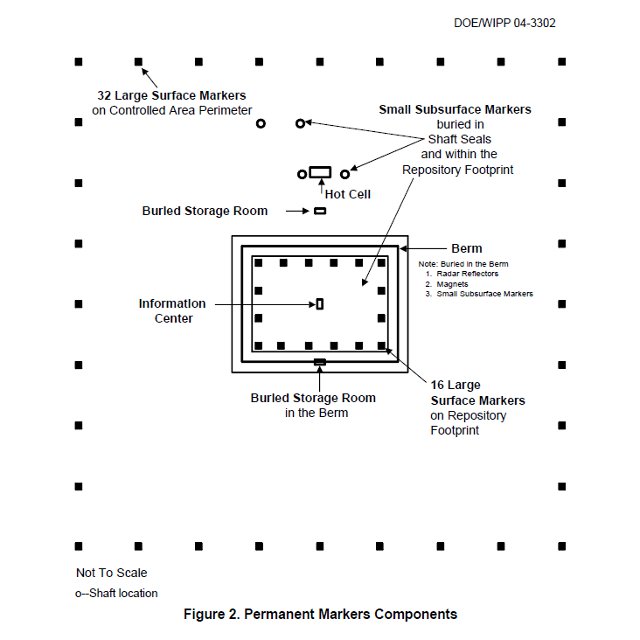
The ‘Hot Cell’ is is “an existing reinforced concrete 40-by-70 foot structure with walls 4.5 feet thick. Its foundation extends 30 feet below grade, and the roof is 60 feet above grade. The Hot Cell will remain after closure as an ‘archeological remnant’, effectively serving the function of an additional permanent marker.”
The buried storage room would be accessible only by a cone-shaped hole, designed to be large enough to allow a person access but not large enough to allow someone to remove ‘artefacts’ from the site.
The construction of markers is due to begin in 2036 after an extensive evaluation process.
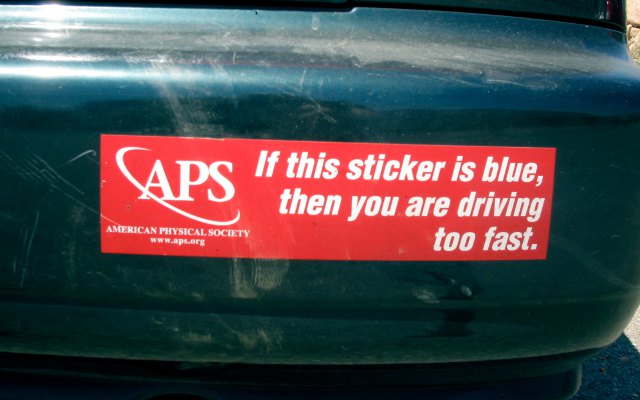

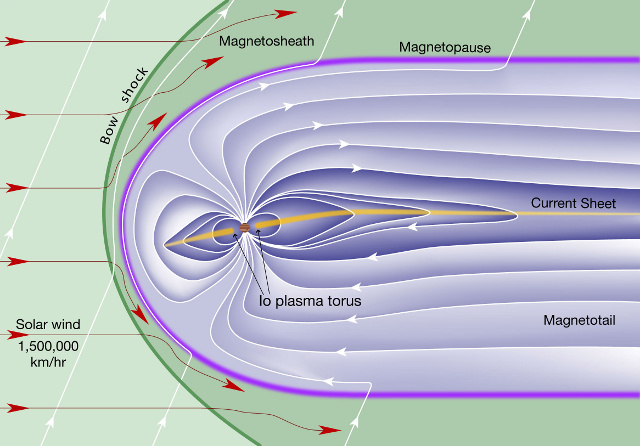
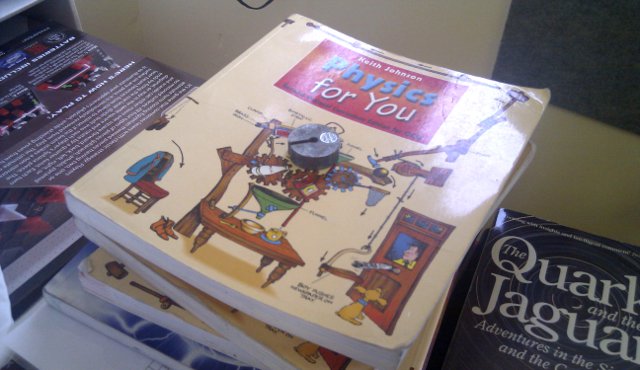

 A bank of Hall-Héroult cells
A bank of Hall-Héroult cells